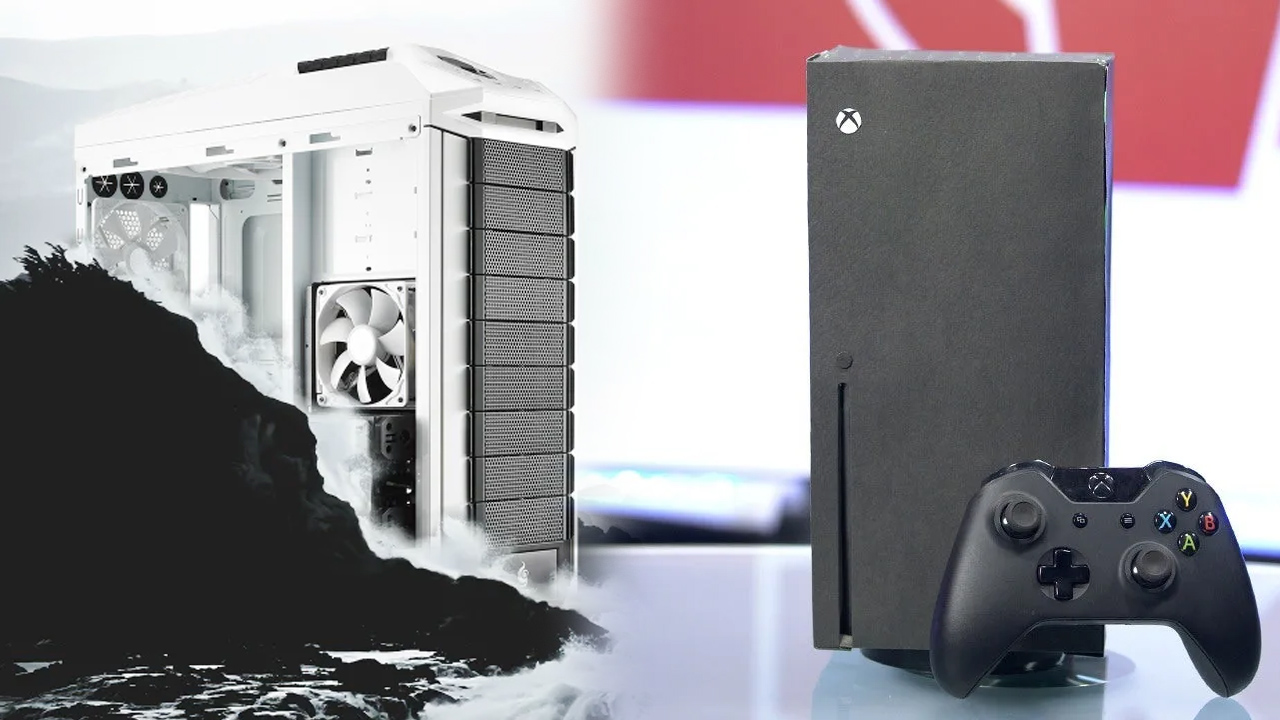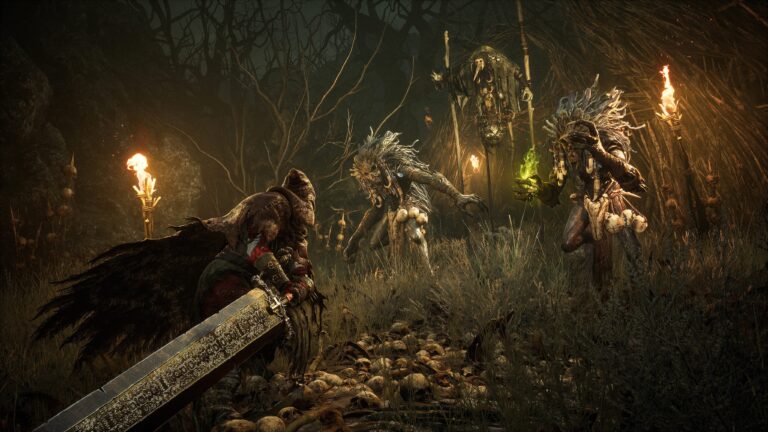Microsoft’s new console launches this holiday season and will be more affordable than PCs of equivalent hardware. The Xbox Series X boasts serious power, including a 12 teraflop GPU. While there’s more to gaming performance than just TFLOPS, such as core speed and frame buffers, the Series X will be putting powerful tech into an affordable package. A PC built to match it would currently cost $2,000 or more. The PS5 lags behind the Series X in terms of performance, but not by much.
It’s doubtful either the Xbox Series X or PS5 will ever outperform high-end PC’s, which continuously upgrade to newer hardware. They’re powerful consoles, but Nvidia will soon release its 3000 line of graphics cards, including the “3080Ti”, once again marking PC’s gradual advancement over a new generation. Not keeping up with ever-upgrading PCs isn’t necessarily a weakness, however, and both new consoles present affordable alternatives for high-end gaming to many who would otherwise be without.
High-end PCs require expensive parts and knowledge of how to put them together, or if not, the funds to hire someone else. Picking a motherboard with a compatible CPU and GPU can be overwhelming with so many options on the market. Nail-biting moments such as lining the processor pins up for insertion into the motherboard and then applying thermal paste before attaching the heat sink onto it, may be satisfying for enthusiasts, but troublesome for those seeking to pick up and play the latest games without fuss.
Specs of the Tech
The Series X features a custom Zen 2 CPU. Zen 2 is AMD’s 7 nm process microarchitecture, used for desktop chips such as the Zen 2 Ryzen 7 3800x, a $330 CPU with the same amount of cores/threads and similar clock speeds to that of the Series X’s custom chip. The custom CPU’s 8-core, 16-thread configuration runs at 3.8 or 3.66 GHz depending on whether developers use only the eight physical cores or enable hyperthreading, respectively.
The console’s GPU uses AMD’s RDNA 2 architecture, also known as Navi 2X or Big Navi. AMD has yet to release its RDNA 2 line of cards for desktop. In comparison to current high-end cards, the Series X’s GPU is on par with Nvidia’s RTX 2080 Super ($850 – $1,000), while falling slightly short of the RTX 2080 TI’s 14.2 TFLOPS ($1,500 – $2,000). When Nvidia’s 3000 series hits shelves, however, affordable cards in the $400 to $500 range will match or surpass the Series X’s custom GPU.
Teraflops are a measurement of raw computing performance distilled into a single oversimplified number. Good for “on paper” estimates but not always for one-on-one comparisons. TFLOPS do not take into account things like memory bandwidth, VRAM capacity, and raw clock speeds. One TFLOP can calculate one trillion floating-point operations every second. The Xbox Series X’s 12 TFLOPS means its graphics processor can handle 12 trillion floating-point calculations every second. The Series X has only two TFLOPS less than Nvidia’s RTX 2080 Ti, currently the best gaming card on the market.
It would take 41.3 original Xbox consoles to amass the amount of TFLOPS in an Xbox 360, and 5.45 Xbox 360’s would equate to an Xbox One. The Xbox One X has 4.58 Xbox One’s-worth of TFLOPS, and it takes two Xbox One X’s to match the Series X. While the margin of increasing computing speed diminishes each generation, its exponential growth has been impressive. Depending on how future technology unfolds, the Xbox Series X might not trail behind PCs as much as the Xbox One did.
The console also features a one TB Custom NVME SSD ($200 retail), helping with game load times as well as allowing developers to design for more expansive worlds with farther draw distances and less texture pop-in effects. The small size of NVME SSDs helps to conserve space and reduce heat within the box itself, a less noticeable but beneficial variable. An expansion slot will allow for upgrading to double the amount of storage.
PC Vs Xbox Series X
There’s no doubt PC will surpass the Xbox Series X come the next generation of desktop GPUs and CPUs. However, the price for high-end PC’s will remain in the two-to-four thousands, while the Series X will likely cost $600. It may be three or four years before a PC with specs matching the Series X can be built for under $1,000. Additionally, the PS5 is confirmed to be close to, yet slightly less powerful than, the Series X. Microsoft’s new box is looking better and better.
If anything can be expected, it’s that halfway into the coming generation Microsoft will announce a beefed-up version of the Series X, as they did with the Xbox 360 Elite and Xbox One X. Similar to buying a new graphics card, people will have to shell out another $600 for an upgrade. As technology advances the lines between console and PC are increasingly blurred. Money is dished out, parts are improved. PC players just have more autonomy over when and how to upgrade their machines.
Xbox has even recently began to support keyboard & mouse for certain games, originally a major drawing point to PC gaming. Elite level competitive play for precision games like FPS’s requires a mouse and keyboard. Just look at Activision’s Modern Warfare, console players require an option to filter out mouse & keyboard players from matchmaking. The higher accuracy makes a difference.
The end result is positive for everyone’s gaming experience. With developer access to hardware like 8-core processors with hyperthreading, an NVME SSD, and massive computing power increases, next-gen games will maximize on technology previously accessible to PC, but underutilized due to its absence from consoles. The Xbox Series X will raise the bar not only for console gaming, but gaming as a whole, as developers find creative ways to implement the new tech in future video games. Expect innovation this coming generation.
No related posts.






